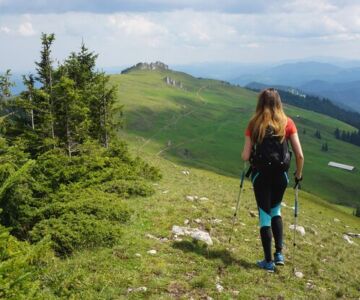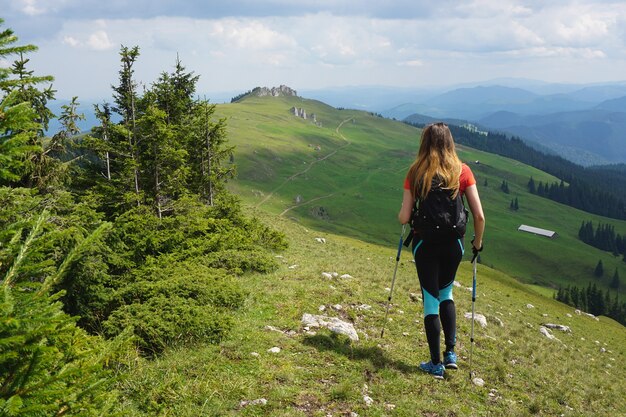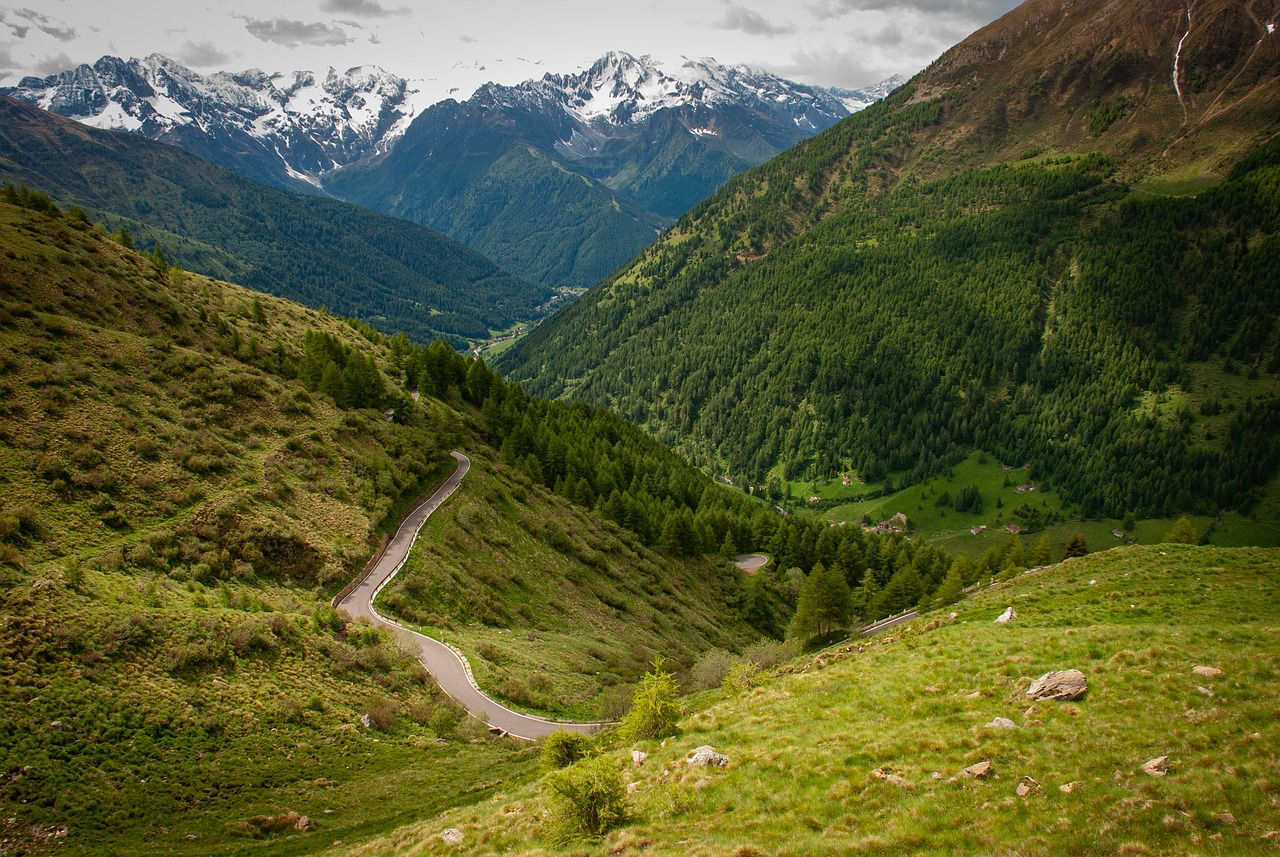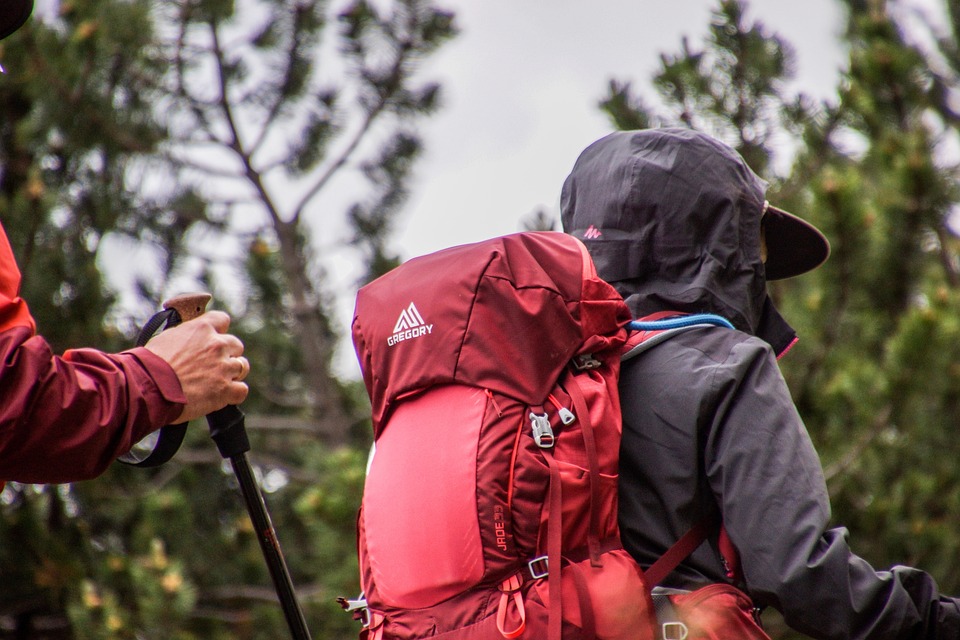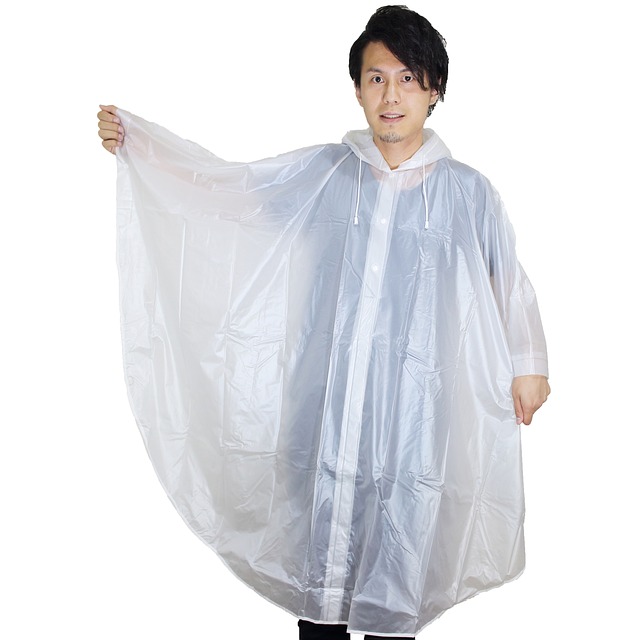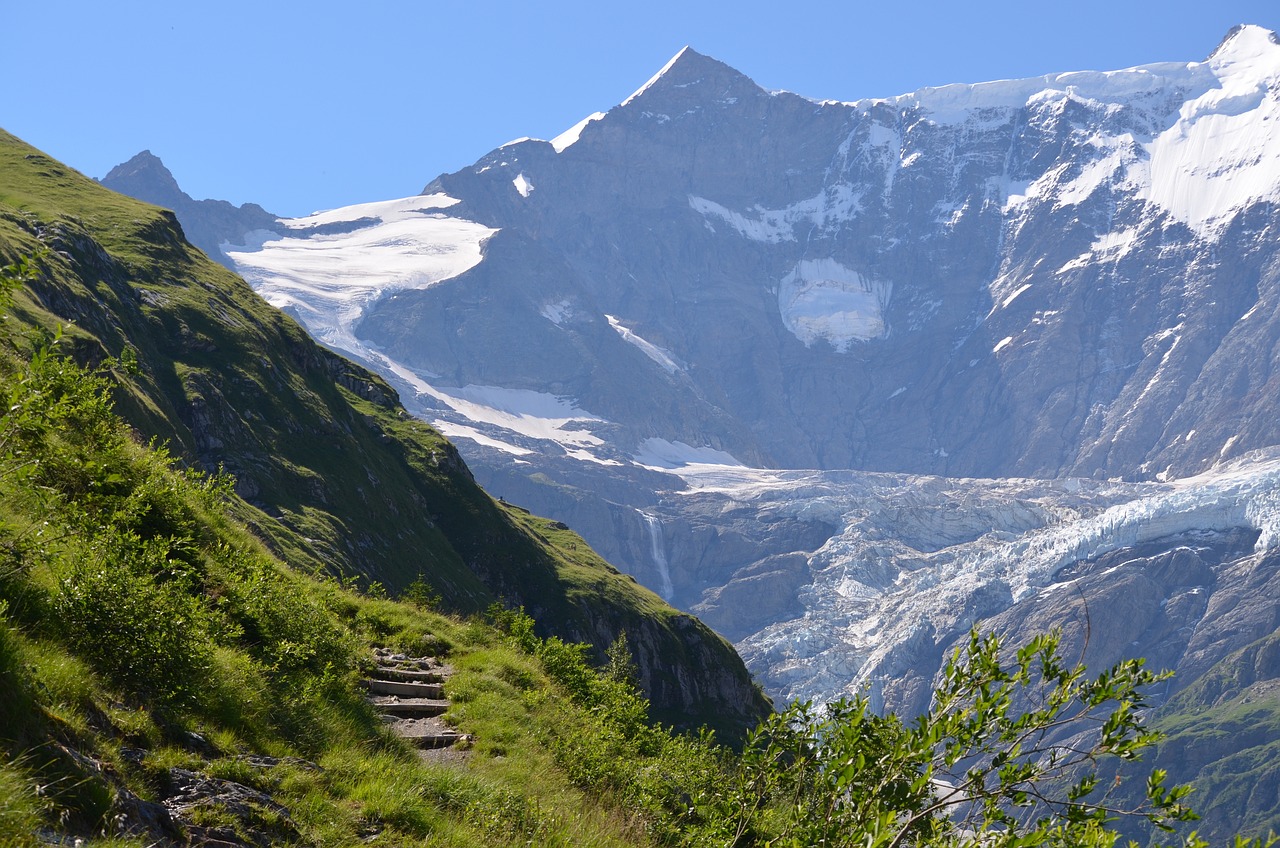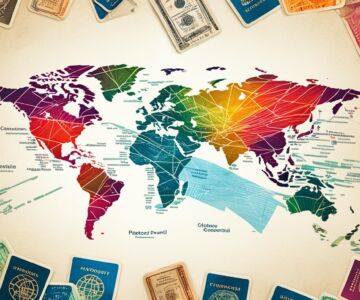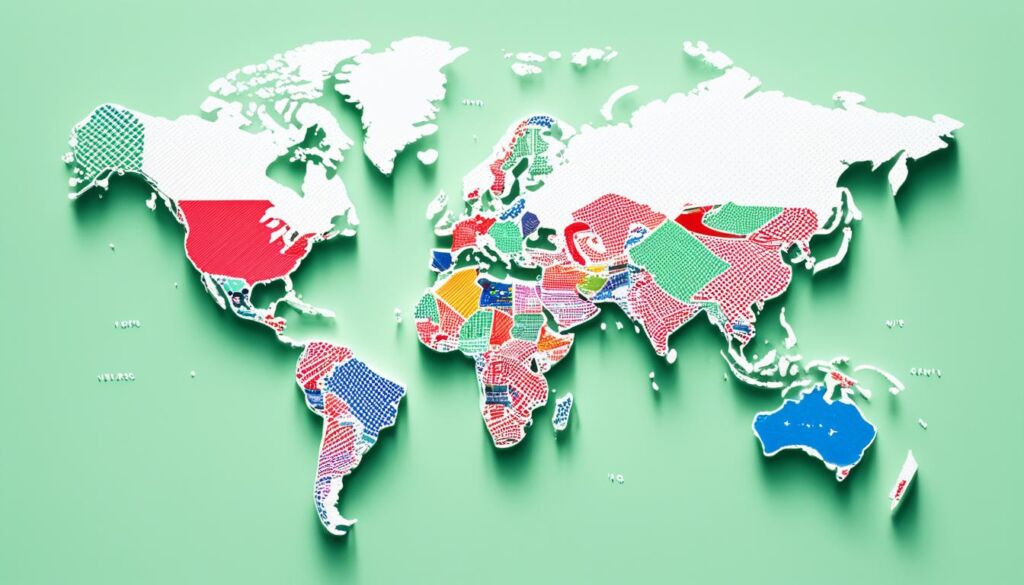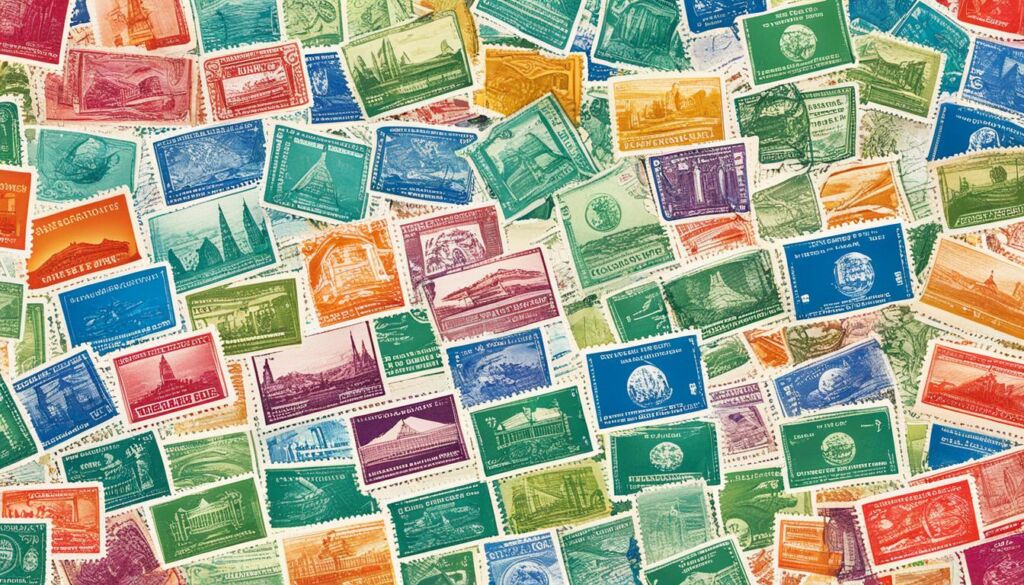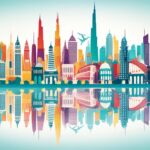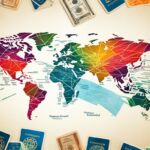Some islands look calm but have serious dangers hiding under their lovely scenes. They carry threats like toxic things, dangerous animals, and severe weather. They are often off-limits to keep people safe from harm. Things like venomous wildlife, illnesses, and even unfriendly people mean you should be very careful when visiting.
Learn about restricted islands that are very risky and why they are so notorious. They offer dangers that make them some of the deadliest places on the planet.
Key Takeaways
- Whakaari (White Island) in New Zealand experienced a tragic volcanic eruption in 2019 resulting in numerous casualties.
- Komodo Island in Indonesia is home to aggressive Komodo dragons, necessitating strict safety guidelines for visitors.
- Gruinard Island in Scotland was contaminated with anthrax spores from World War II biological warfare experiments.
- Ilha da Queimada (Snake Island) in Brazil harbors thousands of deadly golden lancehead vipers.
- Baffin Island in Canada poses risks due to extreme winter temperatures and hazardous wildlife.
- North Sentinel Island in India is off-limits due to the hostile Sentinelese tribe and their violent defense of isolation.
- The Farallon Islands in the U.S. have restricted access due to historical radioactive waste dumping.
Whakaari (White Island), New Zealand
Whakaari is an active stratovolcano in New Zealand’s Bay of Plenty. It’s famous for its deadly volcanic eruptions. Despite its dangers, it’s a top spot for thrill seekers. But, the eruption on December 9, 2019, changed everything.
Active Volcanoes and Explosive Eruptions
The 2019 eruption killed 22 people. Two bodies were never found. Among the visitors were people from many countries. The blast also injured 25, including Annie Lu. She had to get skin grafts for burns on 38% of her body.
Whakaari has erupted significantly before. For example, in 1971, an ash cloud 6,000 feet high covered the sky. In December 1977, the island saw over 50 earthquakes a day. This history shows its ongoing volatile nature.
Safety Measures for Visitors
After the 2019 eruption, visiting Whakaari was banned. Now, people can only see it from afar. Those responsible are facing legal actions for safety breaches. The Health and Safety at Work Act 2015 set the rules they broke.
Even though experiencing the volcano up close is not allowed, there are safe ways to see it. The town of Whakatāne offers places to view the volcano. But visitors need to stay far because nobody knows when it might erupt again.
Komodo Island, Indonesia
Komodo Island is a well-known spot at 8°33′S 119°27′E in Indonesia. It’s famous for its Komodo dragons, the biggest lizards on Earth. These dragons bring people from all over the world to see them.
Encounters with Komodo Dragons
These dragons live only on Komodo Island and three others. The world learned about them in 1910. Now, there are about 4,600 of these creatures. While seeing them is cool, they can be dangerous. The Komodo’s saliva has bacteria that can kill. About a few people get attacked each year, so it’s smart to be careful.
Visitor Guidelines and Safety Tips
Because of the dragons, there are rules to keep people safe. You must go on a tour with a guide. They make sure you learn and stay safe. They say to keep away from the dragons. This is to prevent attacks. Here are some safety tips to follow:
- Always stay with your guide and group.
- Maintain a safe distance from the dragons.
- Avoid sudden movements and loud noises which may provoke these giants.
- Refrain from carrying food, as its scent may attract the dragons.
Even with all these tips, there has been some danger. So, following all the rules is very important.
But, it’s not just the dragons that make Komodo Island special. It has a rare pink sand beach. This makes the place even more unique. The island was to close in 2020 to protect its dragons and fight animal smuggling. But, it’s still open, with more safety rules.
Gruinard Island, Scotland
Gruinard Island is a small place with a big story. It was contaminated with anthrax in the past. It’s located off the northwest coast of Scotland. This island is about 2 kilometers long and 1 kilometer wide. It measures in at 196 hectares. The highest point, An Eilid, stands at 106 meters. Despite having no residents, its story with biological warfare is well-known.
Anthrax History and Contamination
In 1942, a British military team conducted a scary experiment on Gruinard Island. They wanted to see how dangerous anthrax could be, so 80 sheep were given the disease. All the sheep died quickly. This event showed how deadly anthrax could be. Sadly, it made the island very dangerous too.
The island was off-limits for 48 years due to the anthrax outbreak. The spores of anthrax were very hardy and could survive for a long time. This danger made Gruinard Island one of the most unsafe places in the world.
Efforts and Challenges in Decontamination
Starting in 1986, scientists tried to make the island safe again. They sprayed 280 tonnes of a special solution mixed with seawater on the whole island. This huge effort took four years. In 1987, sheep were placed on the island to see if it was safe. It was good news. They stayed healthy.
Yet, many people still don’t want to go to Gruinard Island because of its past. But in 1990, the Ministry of Defence said it was safe to visit. It was bought back by the family who owned it before for £500. Even so, people are careful when thinking about visiting it.
In 2022, a big fire hit Gruinard, burning about 200 hectares. Even then, the island’s stories live on in books and TV shows like Hawaii Five-O and Doctor Who. Gruinard Island shows us the serious and lasting effects of biological warfare. It also tells us about the hard work needed to make a contaminated place safe again.
Ilha da Queimada (Snake Island), Brazil
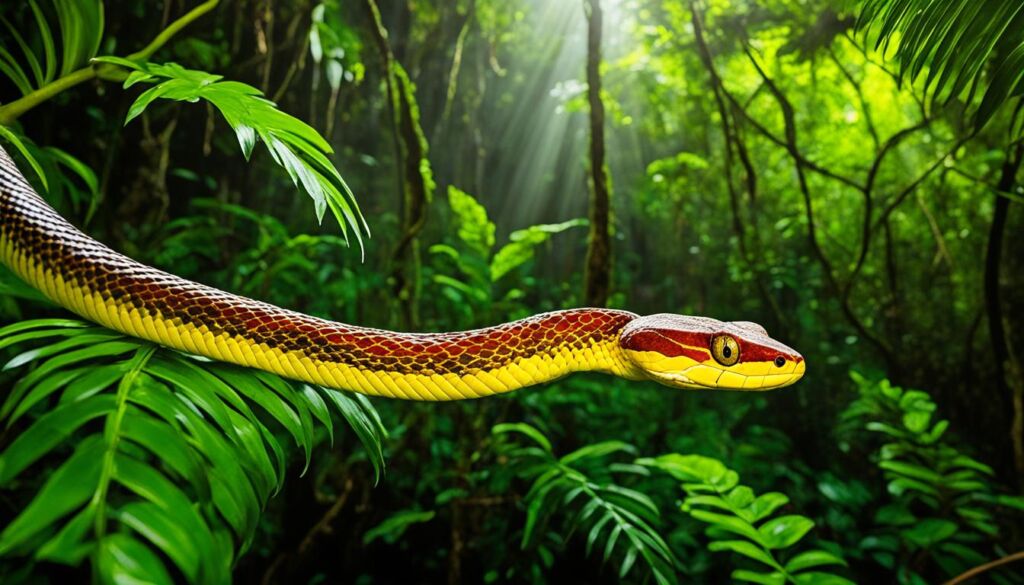
Ilha da Queimada Grande is known as Snake Island. It is off the coast of São Paulo, Brazil. This island is 430,000 m² big and has a lot of golden lancehead vipers, a dangerous and rare snake.
Golden Lancehead Vipers: A Deadly Inhabitant
There are around 2,000 to 4,000 golden lancehead vipers here. They are very dangerous because of their strong venom. These snakes are now different because of the sea rising 11,000 years ago. Their venom got very toxic, which helps them catch their prey.
Although there was a study saying over 430,000 snakes live here, later studies showed a much smaller number. But in some places, you can find a snake for every square meter.
Government Restrictions and Safety Concerns
The government has said people can’t go to this island. It’s because the snakes can hurt people with their venom. The island is very far, 33 km, from São Paulo. It is 206 m above the sea and has no people living there. There is only nature, some rainforest, and a lot of rocks.
The golden lancehead viper is very special because of its venom. It could help in making medicines for heart and blood issues. But, it’s important to keep this island protected to save the snakes and keep people safe.
Baffin Island, Canada
Baffin Island is a huge and wild place in Canada. It’s so cold that it’s perfect for people who love adventures. The tough weather brings challenges and great prizes for those who visit.
Harsh Climatic Conditions
This island has some of the world’s hardest weather. It can get as cold as -30 degrees. Baffin Island has cold parts that are important for the whole world’s climate.
People have caused the Earth to get warmer. Because of that, places like Baffin Island are melting fast. This rapid melting is serious for the Earth’s future.
Wildlife Encounters: Polar Bears and Wolves
Seeing wildlife like polar bears is thrilling on Baffin Island. But remember, polar bears are big and strong. It’s important to have a guide with you to stay safe.
There are also Arctic wolves on the island. They bring more excitement and a bit of danger. Always be careful when you’re near these wild animals.
Navigational Challenges and Adventure Opportunities
Traveling on Baffin Island is not easy. The land is hard to move through and the water is rough. But it offers exciting activities like snowmobiling or climbing big mountains.
Visitors might face unexpected changes to their plans because of the weather. This could mean staying in a hotel for a few days. But, this also offers a unique chance to learn about the Inuit culture in the area.
You can try dog-sledding or kayaking to see the island’s beauty. The way the world is changing because of the climate is clear here. Every visit is special and can teach you a lot.
North Sentinel Island, Andaman Islands, India
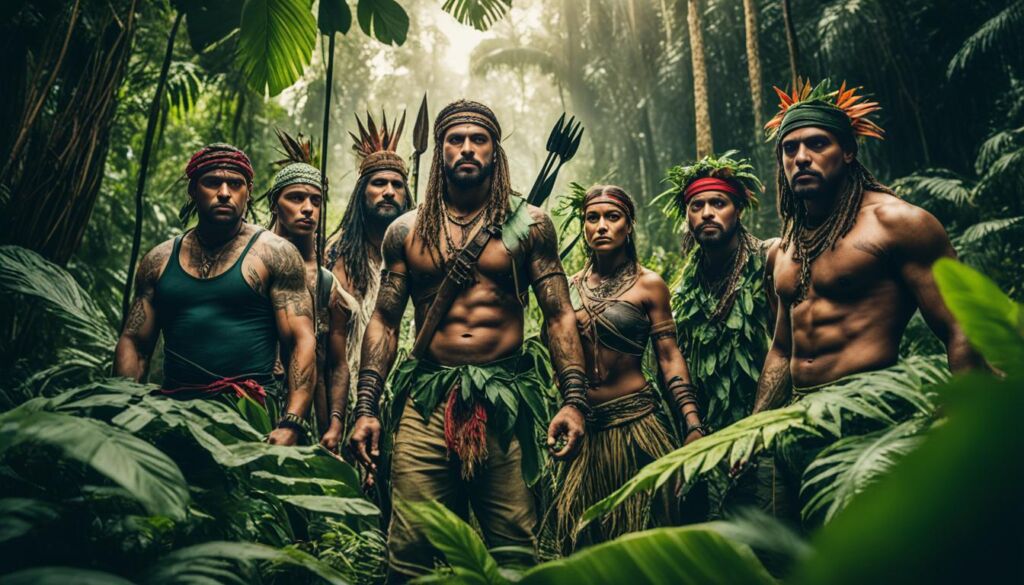
North Sentinel Island is in the Bay of Bengal. It’s part of the Andaman and Nicobar Islands. This mysterious island is about 59.67 km² and has a 31.6 km coastline. It’s the home of the Sentinelese people, one of the world’s most isolated tribes.
The Sentinelese have lived here for about 55,000 years without outside contact. They are known for their hostility towards outsiders. There have been violent incidents with people who tried to get close.
The Sentinelese Tribe: Isolation and Hostility
There are between 39 and 400 Sentinelese individuals. They live with no contact with the outside world. They are an uncontacted tribe known for their aggressive resistance to outsiders.
In 2006, two fishermen died there. In 2018, American John Allen Chau also died. Their deaths show how dangerous it is to approach this tribe.
In 1991, the Sentinelese accepted gifts. They even approached officials without weapons. This was a brief chance for friendly interaction. But, officials stopped gifting in 1996, worried it might harm the tribe’s health and peace.
Legal Restrictions and Safety Warnings
North Sentinel Island is strictly protected. The Andaman and Nicobar Islands Protection of Aboriginal Tribes Regulation of 1956 stops anyone from getting within 5 nautical miles (9.3 km) of the island. This is to keep the Sentinelese safe from outside diseases.
Despite talks of allowing tourism in 2018, all attempts to open the island have failed. The Indian government keeps a close watch around the island. The combination of legal bans and the tribe’s hostile stance make it very dangerous and off-limits to outsiders.
Farallon Islands, U.S.
The Farallon Islands are 30 miles from the Golden Gate Bridge in California. They sit at 37°43′30″N 123°01′49″W. These islands mix beautiful wilderness with a dark past.
Historical Dumping of Radioactive Waste
For years, the Farallon Islands were a dumping ground for nuclear waste. Between 1946 and 1970, 47,500 containers of waste got dumped. The water near the islands had 14,500 Ci of radioactivity from this waste. The USS Independence also sunk near here, adding to the problem.
Even though the dumping happened a long time ago, its effects are still felt. The islands are off-limits to the public because of the danger of radioactivity and to protect the wildlife. There are ongoing efforts to clean up and make things better.
Marine Life and Restricted Access
Today, the Farallons are a biodiversity hotspot. They are a sanctuary for marine life and birds. The area was protected in 1909 and given the wilderness status in 1974.
The islands are a home to many birds, including a lot of gulls and Ashy storm-petrels. They also have a rich sea life, from rockfish to seals and sea lions.
Because the Farallons are a marine sanctuary, they are off-limits to the public. Only scientists from certain groups can go there. This rule helps keep the ecosystem healthy and untouched.
| Statistic | Detail |
|---|---|
| Coordinates | 37°43′30″N 123°01′49″W |
| National Wildlife Refuge Area | 41.9 acres (17.0 ha) |
| Historic Place Area | 211 acres (85.4 ha) |
| Farallon Wilderness Area | 141 acres (57 ha) |
| Number of Nuclear Waste Containers | 47,500 |
| Estimated Radioactive Activity | 14,500 Ci |
| USS Independence Scuttled | 1951 |
| Largest Seabird Nesting Colony South of Alaska | Yes |
| Public Access | No public access |
The story of the Farallon Islands warns us about our impact on nature. It’s a mix of history and natural beauty. Even though we can’t visit, it’s an important place for scientists and people who care about the planet.
Conclusion
The most dangerous islands in the world draw in thrill-seekers. They offer unique adventures, from venomous snakes to wild currents. But, visiting these places is very risky because of the dangers there.
Places like Snake Island and Ramree Island have scary stories about their creatures. Others, like North Sentinel Island, are about respecting nature and its rules. It’s key to know about the land and its living things to stay safe and protect them.
When you visit these exciting places, remember to be careful and show respect. Enjoy the beauty, but always think about safety and the environment. This way, we can keep exploring amazing islands without harm.



